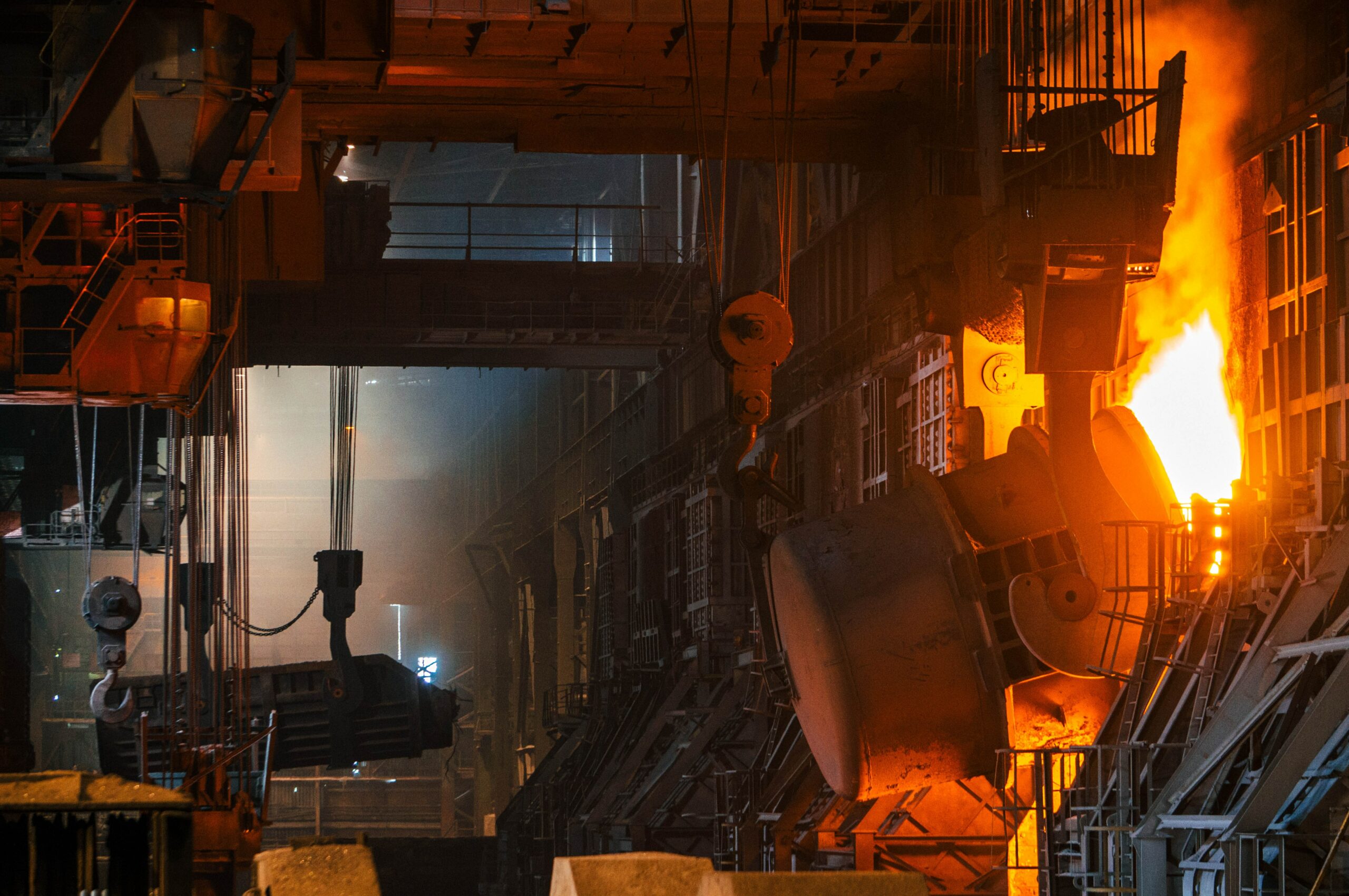High-temperature heat processes, such as steel forging and cement production, are vital for modern society and achieving net zero, but currently still rely on burning fossil fuels for generating high temperatures (500-2000°C). However, they can be largely electrified in the medium term, often in combination with thermal storage.
Commercialization is already underway for many applications, and while significant engineering R&D and economic challenges remain when scaling up, no fundamental scientific breakthroughs are necessary to electrify these processes.
Availability of and operating costs for clean electricity are the main obstacles for electric heat, as electricity is currently on average 2-3 times more expensive than gas. Among the most promising technical solutions to this is thermal storage, which could greatly reduce electricity costs in the short to medium term by targeting periods of low prices on the grid. Still, thermal storage alone is not sufficient; abundant cheap clean electricity is a necessity for this sector just as much as for the rest of net zero.
Our new technical report comprehensively compares the different technology pathways available for decarbonizing high-temperature heat processes in industry. Our main policy priorities are:
✅Support the replacement of fossil heat with electric heat and thermal storage.
✅Steer usage of scarce fuels such as biogas towards applications without other options (as opposed to applications like domestic heating where heat pumps are the way forward). High-temperature heat could be eligible for biogas prioritization where no competitive alternatives exist yet, but industry should not overrely on it, since other important sectors (e.g. shipping) will likely compete for this resource.
✅Policy must target significantly lower electricity costs.
→ Incentivize thermal storage, including necessary changes in market regulation.
→ Deploy all available energy system tools, such as grid storage and clean dispatchable power, to produce synergies that lower electricity costs.
→ Accelerate permitting and build more transmission lines and substations to ensure availability of electricity for all consumers.
✅Fund R&D for the highly tailored engineering work required to integrate electric heat into industrial processes, whether by retrofit or new builds.
✅Fund R&D into advanced clean process heat from solar, geothermal, or nuclear sources to secure additional benefits.
Find the complete technical report here!

